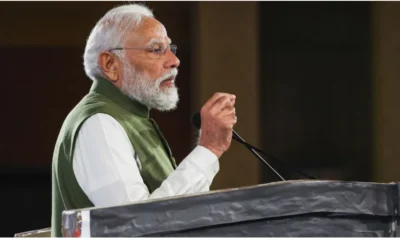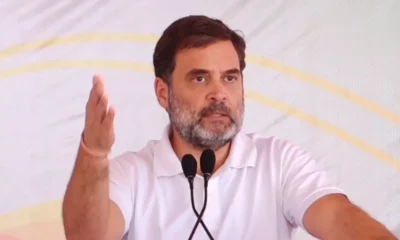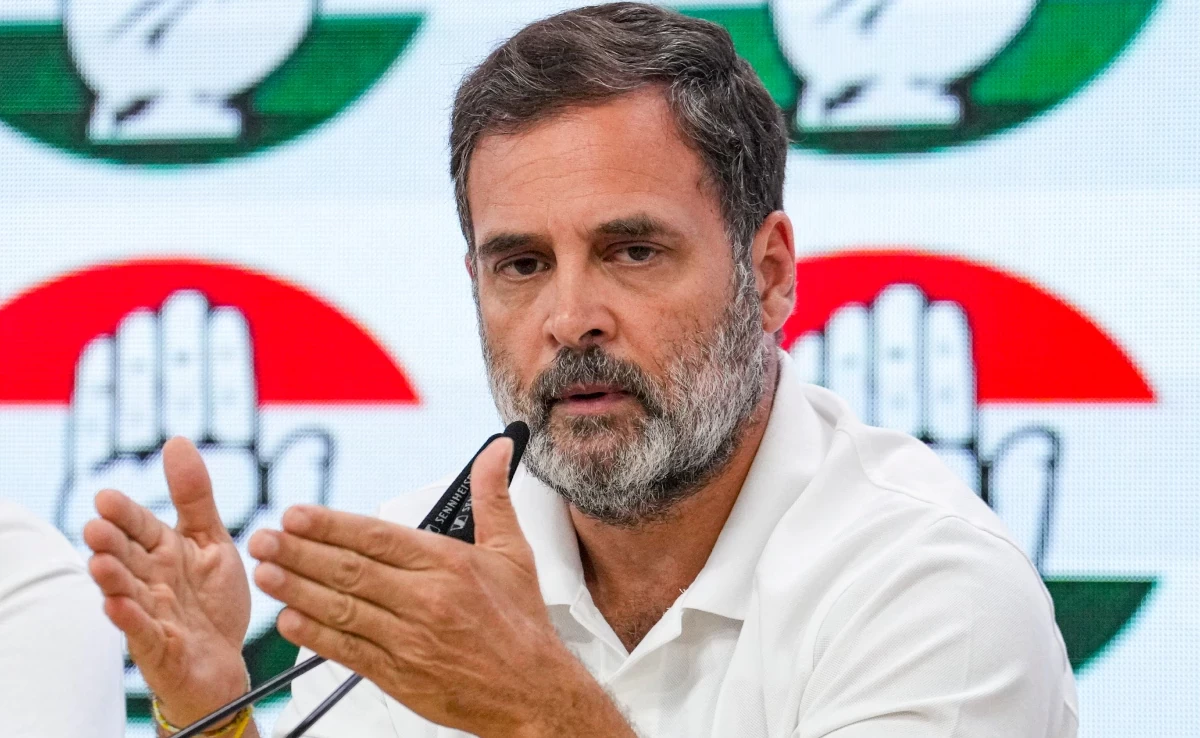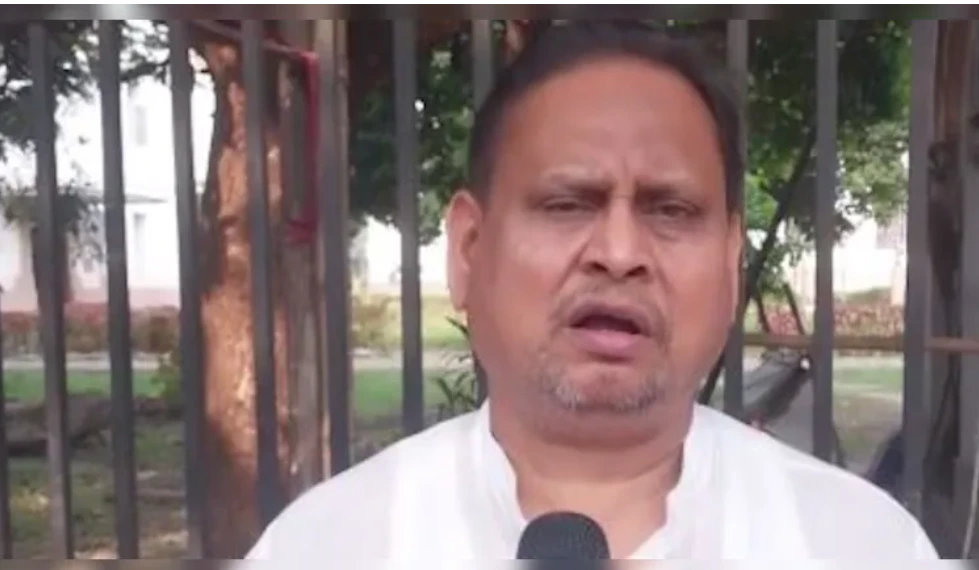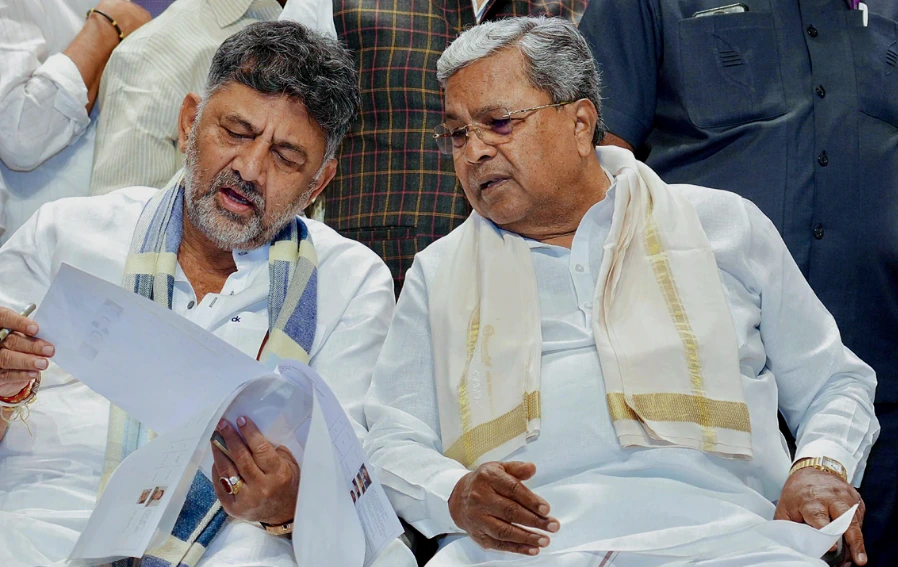[vc_row][vc_column][vc_column_text]The first phase covers the area which yielded BJP its majority of seats in 2012; it is also the region where the leaders of the Patidar-OBC-Dalit combine ranged against BJP wield greater influence in the state.
The first phase of keenly watched, keenly contested elections to Gujarat Assembly began on Saturday with enthusiastic voter turnout (35.52% till 2 pm) recorded from the start. Polling is being held in 89 of the total 182 constituencies with 977 candidates in the fray.
The BJP faces its most serious challenge in Gujarat in the years from 1995 that it has been in power in the state: apart from 22 years of incumbency, there are the factor of alienated sections of Patidars, OBCs and Dalits ranged against it, the discontent of farmers and the disquiet among the traders and small entrepreneurs over GST and demonetisation which has hurt them badly.
The BJP is primarily banking on the stature and appeal of Prime Minister Narendra Modi to win back the state.
The Congress kept away from talking about Muslims and minorities, focusing more on other aspects. It had the Modi government and BJP on the defensive over Rafale deal, alleging that purchase of the fighter aircraft was overpriced and meant to benefit one industrial house. It also talked about the business deals of BJP president Amit Shah’s son Jay Shah.
While the opposition sought to focus on shortcomings and failures of the BJP, the BJP tried to deflect attention and win back the initiative in setting the agenda for discourse. A high-pitched campaign marked the electioneering that got shriller as the polling day approached – and seemed likely to go on till it comes to an end to days before the second and final phase of election on Dec 14.
The BJP, reputed for its organised, methodical functioning, was so caught up in this that it forgot to come up with a manifesto for the elections. It hurriedly put together and announced a ‘vision document’ – after Patidar leader Hardik Patel’s taunt: that the BJP was so busy making sex CDs (about him) that it forgot to prepare an election manifesto.
In the final days, the BJP managed to make the poll campaign a contest between Congress vice president Rahul Gandhi and Prime Minister Narendra Modi, with the latter turning it into a question of his personal honour linking it to Gujarat’s prestige in the final stages. If people had forgotten, he revived their memory, listing all the epithets used for him by different Congress leaders. For Rahul Gandhi and Congress, Modi used names of various Muslim rulers of the past. Whether this clicks with the electorate or not, it is widely acknowledged that Modi’s personal stature and appeal remains intact among the voters of the state.
This translates into election results – gain or loss of seats – being viewed as a reflection on how far the Modi magic worked.
Of the 89 seats that saw polling in the first phase on Saturday, the BJP won 63 in the last state elections held in 2012: it has been stronger in this part of the state. The Congress had won only 22 of the seats here, 1 JD(U), 1 NCP, 2 GPP (Gujarat Parivartan Party) while the remaining went to others.
The areas going to polls are spread over Kutch, Saurashtra and south Gujarat, covering 19 districts of Kutch, Morbi, Jamnagar, Surendranagar, Devbhoomi Dwarka, Rajkot, Botad, Porbandar, Junagadh, Amreli, Gir Somnath, Bhavnagar, Bharuch, Narmada, Surat, Tapi, Navsari, Dang and Valsad.
For the BJP, this phase is crucial since it was this region where its success rate has been highest. Of its total tally of 115 in 2012, 63 came from this part of the state. Of the remaining 93 seats to go to polls on Dec 14, it got 52 – still a majority, but a narrower margin, with Congress winning in 39 constituencies to take its total to 61 seats.
This also the where the actual test of the influence of the three leaders, Hardik Patel, Alpesh Thakore and Jignesh Mewani, from Patidar, OBC and Dalit communities, respectively, will be. This is where they, especially Patels, have greatest presence. Thakor has greater influence in north Gujarat where polling would be held on Dec 14.
In particular, Hardik Patel’s influence would be tested in Saurashstra where Patidars are said to have 35 to 40 per cent of vote share. GST impact, if any, would be seen in Surat. The BJP held 15 of the 16 seats in Surat. The area with dominant presence of diamond merchants had witnessed massive protests against the tax reform.
The Saurashtra region will see some more high profile battles involving cabinet minister Babubhai Bokhiria, Arjun Modhwadia of Congress and former finance and power minister Saurabh Patel.
The most significant contest is for the seat held by Chief Minister Vijay Rupani, Rajkot West. Rupani is pitted against Congress candidate Indraneel Rajyaguru, the outgoing MLA from Rajkot East.
Another interesting battle would be for the Dhoraji seat, where Hardik Patel’s key aide, Lalit Vasoya, has been fielded by the Congress’ ticket. Vasoya will be taking on veteran BJP leader and former Lok Sabha MP Harilal Patel on this Patel community-dominated Assembly constituency in Rajkot district. Dhoraji is the only Assembly constituency on which Congress has fielded a leader from Hardik Patel-led Patidar Anamat Andolan Samiti (PAAS).
Other areas to be watched include Bharuch – the backyard of Ahmad Patel, the Congress leader wielding an influence in the party disproportionate to his popular standing. The Congress was wiped out in the area, failing to win any of its 5 constituencies in 2012.
Valsad, also with five seats, would also need watching – rallies of Modi and BJP president Amit Shah in this part were a dismal flop. The Congress had won two of the seats there in 2012.
Somnath, too falls in the first phase. Rahul Gandhi’s visit to Somnath and the party’s ‘faux pas’, in entering his name in the visitor’s register meant for non-Hindus, was raked up by the BJP and Modi who went on to equate him with various Muslim rulers of the past. The Congress had won two of the three seats there.[/vc_column_text][/vc_column][/vc_row]
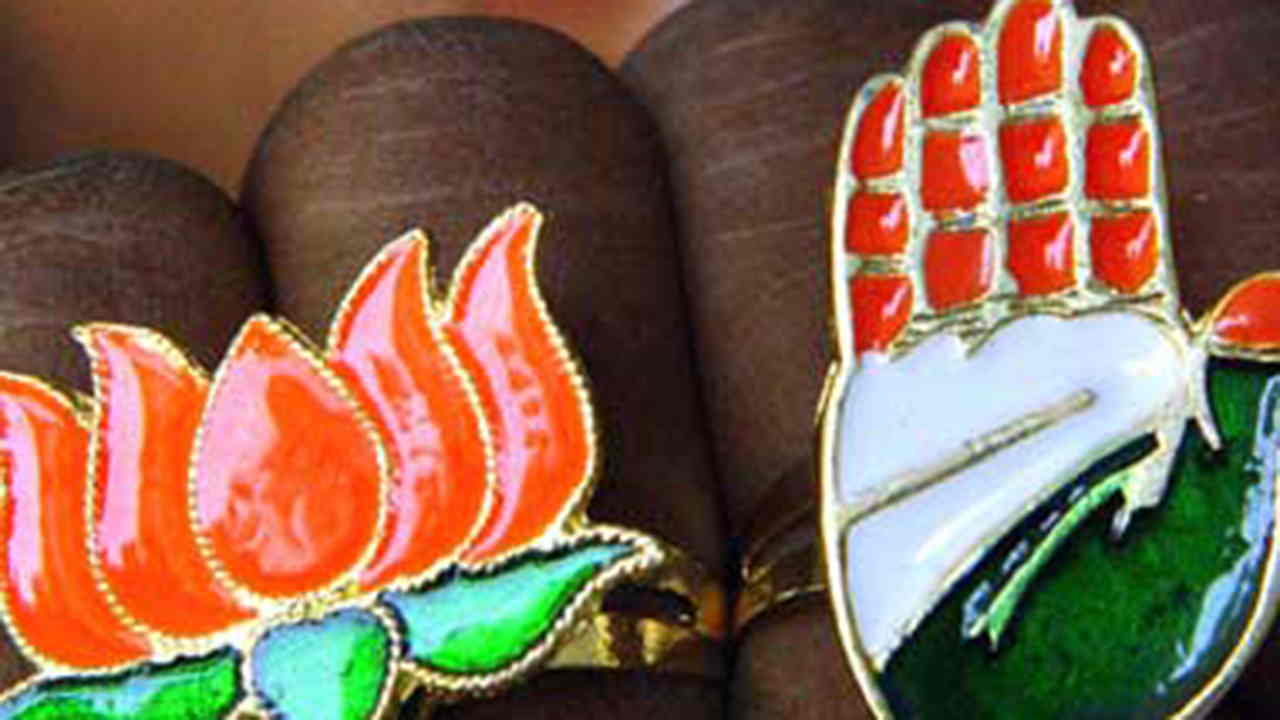

 India News23 hours ago
India News23 hours ago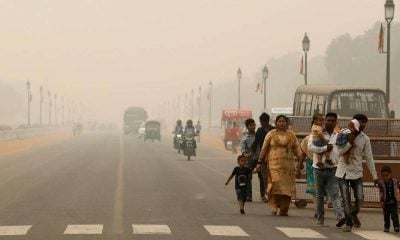
 India News22 hours ago
India News22 hours ago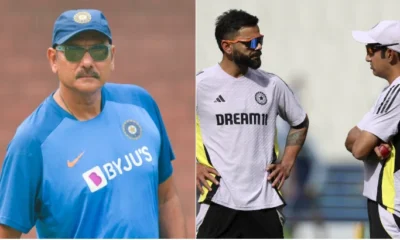
 Cricket news22 hours ago
Cricket news22 hours ago
 India News7 hours ago
India News7 hours ago
 India News7 hours ago
India News7 hours ago
 Latest world news7 hours ago
Latest world news7 hours ago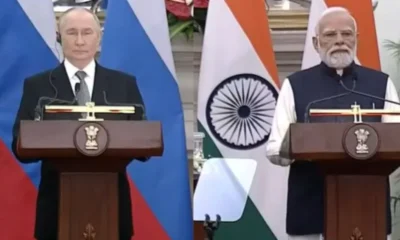
 India News2 hours ago
India News2 hours ago
 Entertainment2 hours ago
Entertainment2 hours ago



